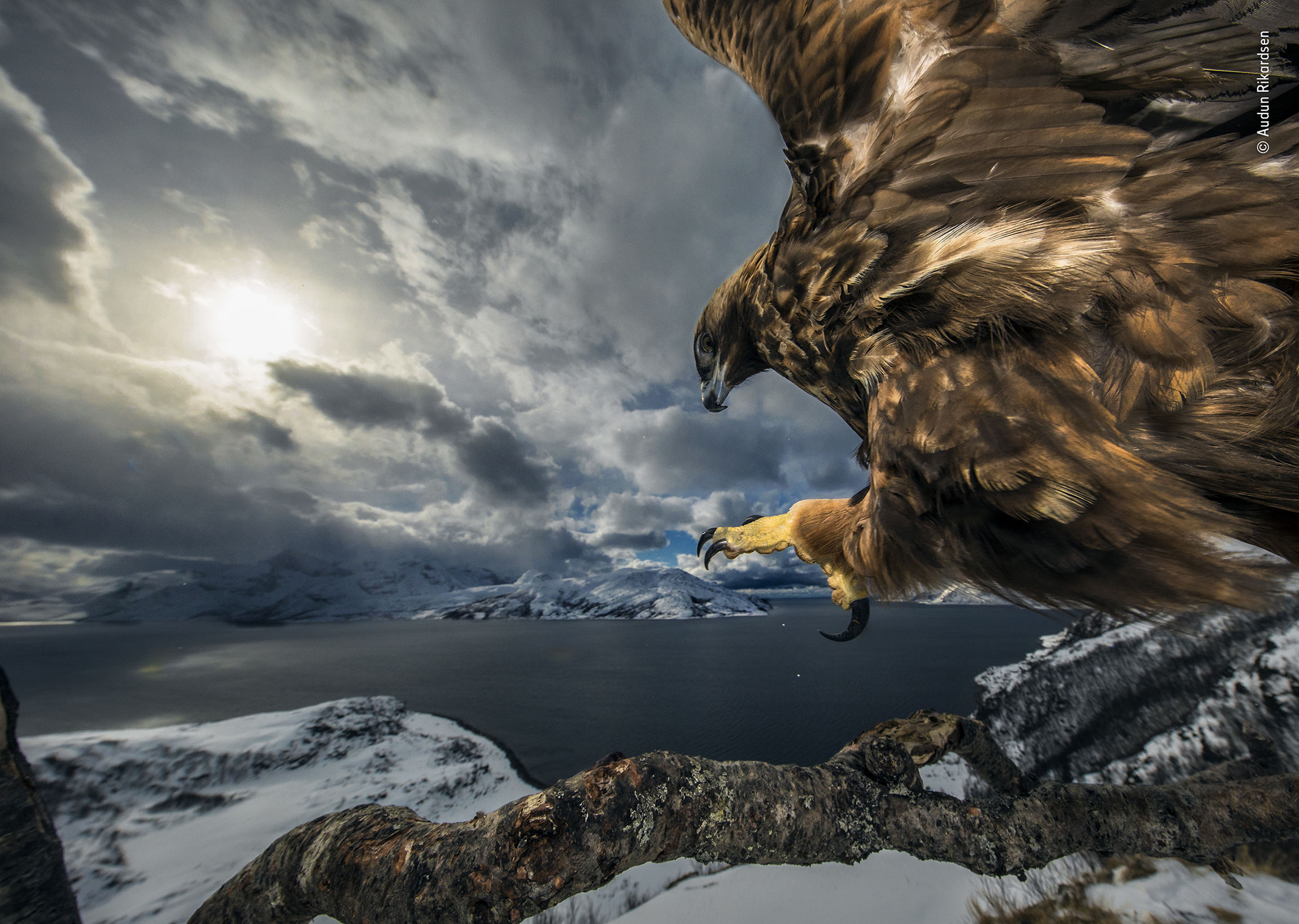My favourite painting: John Lewis-Stempel
The award-winning Nature writer and regular Country Life contributor John Lewis-Stempel chooses a bucolic scene with quite probably the longest title of any artwork ever to feature on this page.


John Lewis-Stempel on his choice, 'Portrait of Thomas William Coke, Esq. (1752–1842) inspecting some of his South Down sheep with Mr Walton and the Holkham shepherds' by Thomas Weaver
‘I’m a sheepo-phile, so every time I catch sight of Weaver’s painting — I have a print of it pinned on my study notice board — I think “those were the days”. Imagine, instead of vilifying sheep, valuing them. Imagine, days when farmers and estate owners such as Coke were so proud of their stock they had them immortalised in oils by painters such as Weaver.
'Farm animals as fit subjects for art were proof, too, of the era’s improved livestock breeding, of which the Southdown sheep was perhaps the ovine acme. Lovely, aren’t they? A work of art themselves, sentient sculptures of flesh and blood.’
John Lewis-Stempel is a multiple award-winning Nature writer and regular Country Life contributor. His latest book, La Vie: A year in rural France, is out now.
Charlotte Mullins on the painting and Thomas Weaver
Thomas Weaver was a self-taught artist from Shropshire who carved out a niche career painting the prize-winning livestock of the landed gentry in Georgian England. He moved between country houses, depicting pigs and pigmen, stallions and sheep, prize bulls, foxhounds and even llamas. There’s a simplicity to his paintings, with an animal often standing in profile, front and centre of the composition, against the rolling estates of his clients.
One of Weaver’s early patrons was Thomas Coke, later 1st Earl of Leicester, who had inherited 30,000 acres in Norfolk and Palladian Holkham Hall. He served as MP for Norfolk for more than 40 years and was known for his work on agricultural reform and as a successful animal breeder, called simply ‘Coke of Norfolk’.
Weaver painted Coke’s portrait, as well as this scene of the landowner examining his Southdown sheep. The distinctive portico of Holkham Hall can be seen amid trees in the distance and the crenellated tower of St Withburga’s Church tops a mid-ground hill. Coke stands in top hat and tails conducting an inspection of his animals, helped by two shepherds in loose smocks. The animals are largely seen in profile, Weaver’s preferred stance, kept in check by the shepherd’s crook.
Animal breeding was big business in the early 19th century. Weaver rode this trend and his paintings of oversized cattle and prize pigs can be found on the walls of many National Trust properties, including Shugborough Hall in Staffordshire and Attingham Park in his home county of Shropshire.

Credit: Alamy
Autumn farming: Endless jobs, the pain of potatoes and the ram who made a break for freedom
Rosamund Young's fourth beautiful article for Country Life explores, potatoes, intelligent sheep and the accidental devastation of spiders' webs.
Exquisite houses, the beauty of Nature, and how to get the most from your life, straight to your inbox.

Five magnificent winter walks in Britain, from the Brecons to the Broads
A brisk winter walk is the perfect way to shake off the blues of the cold, dark months – here

Credit: © Audun Rikardsen - Wildlife Photographer of the Year
The best winning pictures from the 2019 Wildlife Photographer of the Year competition — and the stories behind them
A soaring eagle, a shocked marmot and an underwater garden like you've never seen before are among the finest pictures

Charlotte Mullins is an art critic, writer and broadcaster. Her latest book, The Art Isles: A 15,000 year story of art in the British Isles, will be published by Yale University Press in October 2025.